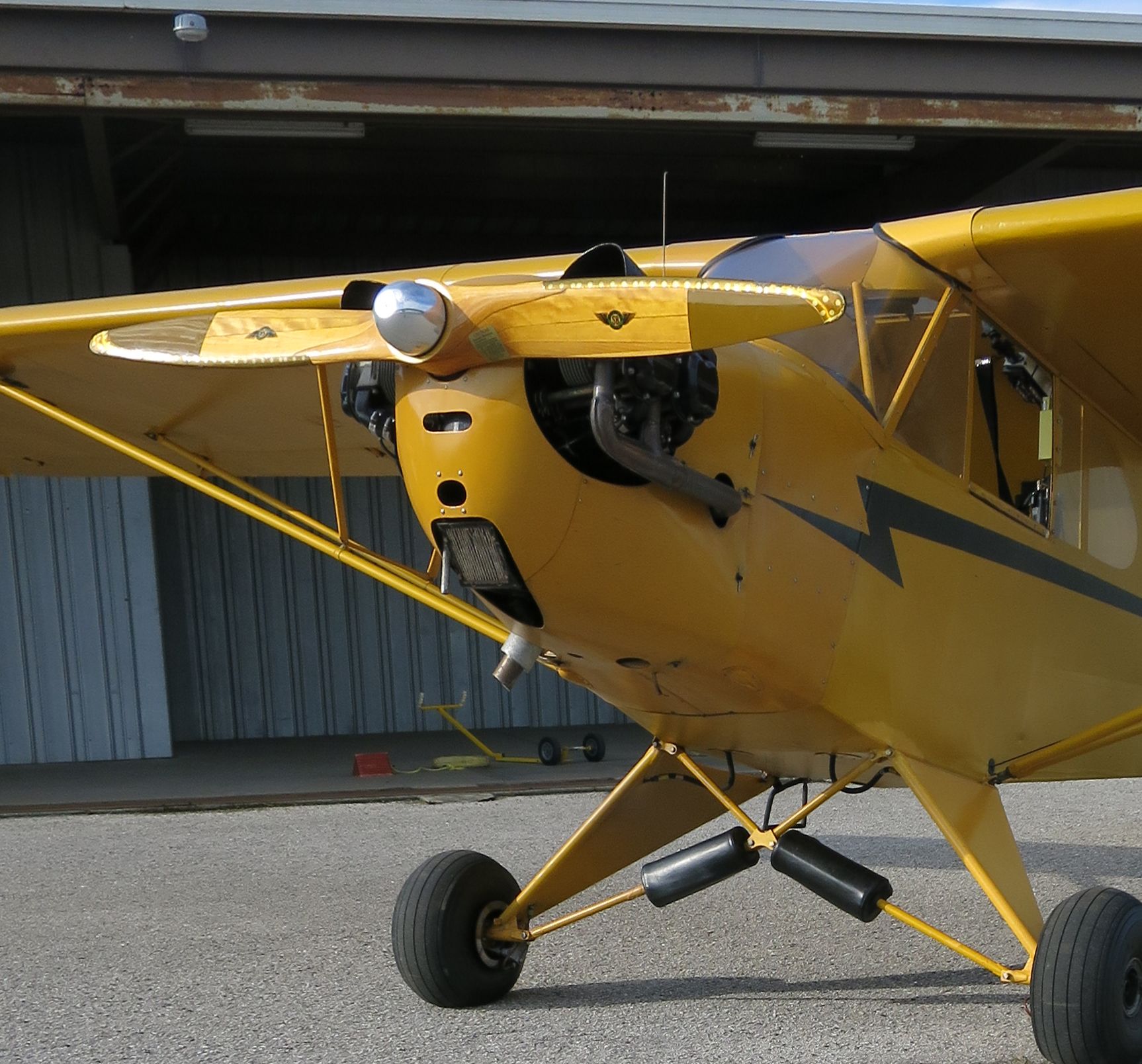Aircraft Tie Down Knot - Members Learn More Rebook - Earn More as a Driver - Click Here
Whether you're booking your flight en route to your airport, exploring new airports, or camping under the stars, proper flight booking technique is essential.
Aircraft Tie Down Knot

If it's been a long time or you're lucky enough to have a hanger, this comforter can help hold the other side. But first, make sure the aircraft's steering panels and wheels are in good condition according to the manufacturer's instructions, and that the wheels are in good condition.
Aircraft Tie Down Anchoring System Kit. 19 Piece. Lightweight & Strong.
Make sure your tie-down strap is firmly attached to the bottom. We saw asphalt covered rails, chain link fences on highways and nothing. When aiming the mower, grab the stalks like claws and ease them into the ground.
Once the tether is attached to the ground it's time to move to the plane. A modified half-barrier is often practiced during early flight training.
David Tulis joined Photography in 2015 and is a private pilot with land and sea single engine and tail certification. He is also a certified remote operator and co-host of the award-winning Hangar Talk podcast. David enjoys airline advertising photos. Airplanes must be secured after each flight to avoid damage from sudden storms. The direction in which the plane takes off and takes off is determined by the force of the wind. Depending on the location of the parking areas of the parking lot, planes will be released into the air. The fasteners must be separated to allow the wing to be removed. [Figure 1] After the aircraft is safely located, lock the nose wheel or tail wheel in the fore and aft position.
Light aircraft are often secured by ropes attached to the aircraft. The rope cannot be tied to a lifting strut, as this action will cause the rope to bend if the rope is held in a slack position. Because manila rope shrinks when wet, about 1 inch (1") of slack should be provided for movement, however, too much slack will allow the cable to move in flight. And many are not designed to carry such loads.
Faa Investigates Failed Red Bull Plane Stunt
A threaded cable is no better than a single cable. Anti-slip grips, such as bowline, fasten and remove easily. [Figure 2] Aircraft not equipped with anchors should be secured in accordance with the manufacturer's instructions. The ropes shall be fixed to the outer edges of the struts on high monoplanes and suitable rings shall be provided where conditions permit, if not previously provided by the manufacturer.
Securing heavy aircraft Standard practice for heavy aircraft can be accomplished by rope or cable ties. The number of bookings is limited by the expected weather conditions.
More serious aircraft are equipped with safety locks that lock and engage when the aircraft is stopped. Because the way controls are installed varies on different types of aircraft, refer to the manufacturer's instructions for proper installation or procedures. If high winds are expected, protective poles can be installed to prevent damage. Figure 3 shows four common anchor points on heavy aircraft.

Seaplanes can be anchored to a buoy, weather permitting, or attached to a ship. A wave creates a wave, and the tidal seaplane swells and rolls. This rocking and rolling can cause damage when tied to a dock.
Ship Knots Hi Res Stock Photography And Images
When there is a warning of an impending storm and the aircraft cannot be flown out of the storm area, some of the seaplane's compartments may be filled, causing the aircraft to land partially. Secure the aircraft with anchors. Landing seaplanes are routinely protected from damage in high winds by tying the plane down and filling the floats with water. During severe weather, if possible, remove the aircraft from the water and tie it down like a land plane. If this is not possible, the seaplane can be anchored somewhere protected from wind and waves.
Ski planes are handled in the same way as land planes if there are safe routes. Aircraft equipped with skis can be protected in snow or ice using a device called a dead man. A dead man is a hand pipe, stick, etc. tied to a rope and buried in a snow or ice trench. The trench was filled with ice, taking care to keep the end of the rope dry and cool. If available, pour water into the trench; When dry, secure the plane with the end of the rope.
Operators of ski-equipped aircraft sometimes wrap the ski around, pour water on the snow, and allow the ski to dry on the snow. This, in addition to regular sealing practices, helps prevent damage from wind. Care must be taken when moving on a plane protected in this manner so that the ski does not stick to the ground. Otherwise, it will damage the plane or the skis.
Helicopters, like other aircraft, are protected against structural damage from high winds. If possible, helicopters should be parked in hangars. Otherwise, they should be tied tightly. Attached helicopters can withstand winds up to 65 miles per hour. If a hurricane or typhoon is expected, helicopters will be flown to a safe area if possible. For added safety, helicopters can be moved to an area to avoid being damaged by flying objects or falling from surrounding trees.
Asr Outdoor 13 Foot Emergency Vehicle Rescue Nylon Tow Rope 1760lbs Break
If high winds are expected while the helicopter is parked in an open area, lower the main rotor blades. Detailed instructions for maintaining and protecting each type of helicopter can be found in the appropriate maintenance manual. [Figure 5] Methods for landing helicopters vary depending on the weather, the time the aircraft is expected to be on the ground, and the location and characteristics of the aircraft. Wheel bolts, control locks, cable ties, landing gear covers, high risers, lower landing gear assemblies, wheel bearings and rotor bearings are used to secure helicopters.
There are many types of heavy lift aircraft—powered and non-powered. These types of aircraft are prone to wind damage. In light winds the wings can be mounted just like a normal airplane. In high winds, the mast can be removed from the wing and the wing is kept close and stable to the ground. These types of aircraft can be scrapped or moved to a hangar for safekeeping.
When packing power parachutes, place the parachute in a bag to keep the air from filling up and dragging the seat and engine. The engine and seat can be secured if required.

Tie down aircraft, claw aircraft tie down, slidedown aircraft tie down, aircraft tie down track, aircraft tie down straps, aircraft tie down anchors, tent tie down knot, aircraft tie down chains, aircraft tie down procedures, aircraft tie down kit, aircraft tie down rope, canoe tie down knot
0 Comments